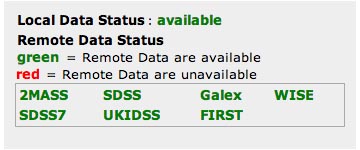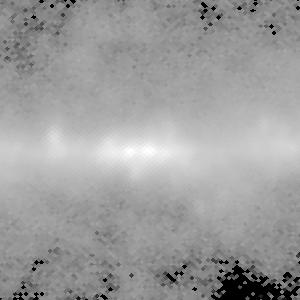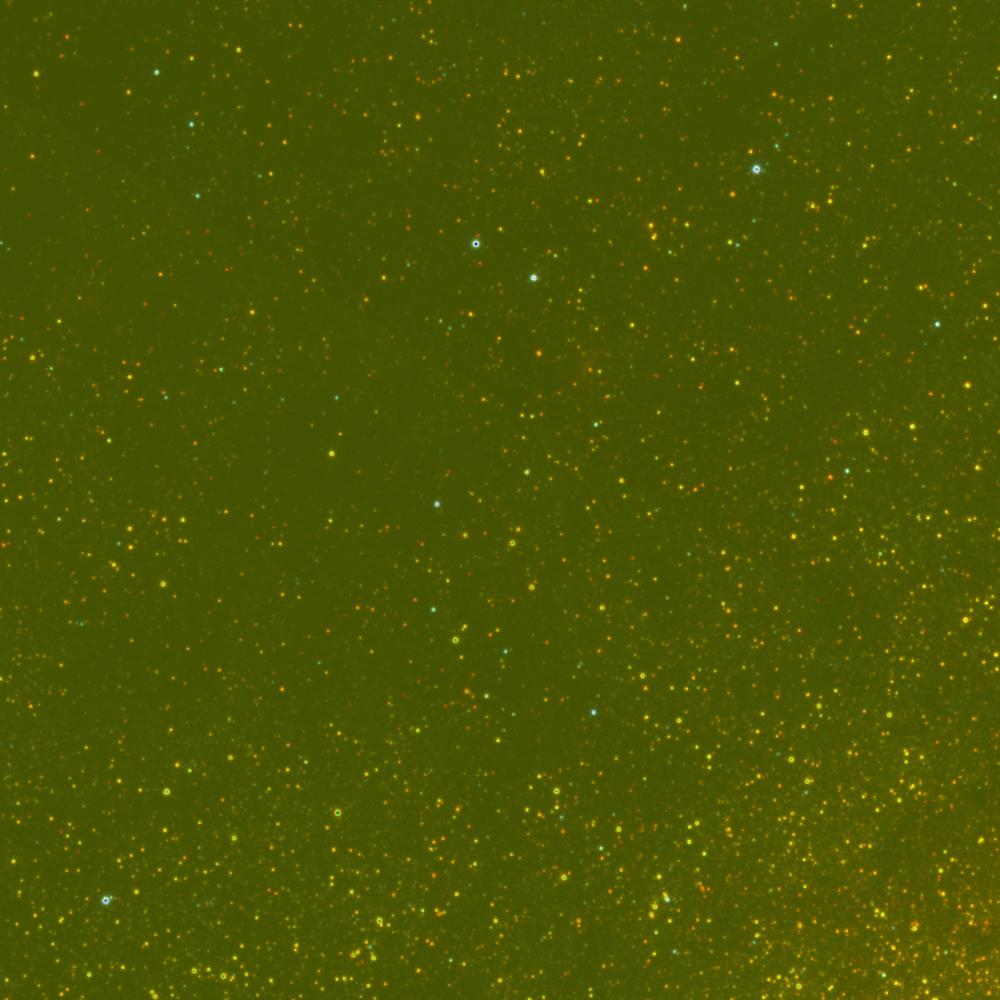We have updated the VLA FIRST data to include many new observations made available at the MAST archive. These are available immediately at our web site. If you would like to use the new data using SkyView-in-a-Jar please download the latest SkyView jar file.
- About the SkyView Blog
-
Related Pages
-
Recent Posts
Archives
- February 2023
- May 2022
- October 2021
- December 2020
- November 2020
- October 2020
- September 2020
- July 2020
- March 2020
- December 2019
- October 2019
- September 2019
- May 2019
- October 2018
- August 2018
- May 2018
- November 2017
- October 2017
- July 2017
- April 2017
- March 2017
- December 2016
- October 2016
- September 2016
- August 2016
- July 2016
- June 2016
- May 2016
- February 2016
- November 2015
- June 2015
- May 2015
- April 2015
- December 2014
- November 2014
- August 2014
- July 2014
- June 2014
- April 2014
- March 2014
- February 2014
- January 2014
- October 2013
- September 2013
- July 2013
- April 2013
- March 2013
- February 2013
- January 2013
- December 2012
- November 2012
- October 2012
- September 2012
- August 2012
- July 2012
- June 2012
- May 2012
- March 2012
- February 2012
- December 2011
- November 2011
- May 2011
- April 2011
- March 2011
- February 2011
- January 2011
- September 2010
- August 2010
- July 2010
- June 2010
- April 2010
- January 2010
- December 2009
- November 2009
- October 2009
- September 2009
- August 2009
- July 2009
- May 2009
- April 2009
- February 2009
- January 2009
- December 2008
- November 2008
- October 2008
- August 2008
- July 2008
- June 2008
- May 2008
- April 2008
Categories
- Announce (43)
- Discussion (67)
- Documentation (11)
- Feature (1)
- Notices (93)
- releases (57)
- Uncategorized (13)
Tags
- 2MASS
- AKARI
- bugs
- Cache
- Clip sampler
- color
- DSS
- enhancements
- fermi
- FIRST
- FITS
- GALEX
- Gallery
- GLEAM
- GOODS
- HEALPix
- HiPS
- https
- IRAS
- IRIS
- IVOA
- Java
- Mellinger
- Overlays
- Planck
- popularity
- projections
- PSPC
- Release
- releases
- ROSAT
- Scaling
- SDSS
- SIA
- SkyView-in-a-Jar
- Spitzer
- survey description files
- surveys
- Swift
- system status
- TGSS
- UKIDSS
- v3.2.0
- WISE
- WMAP





